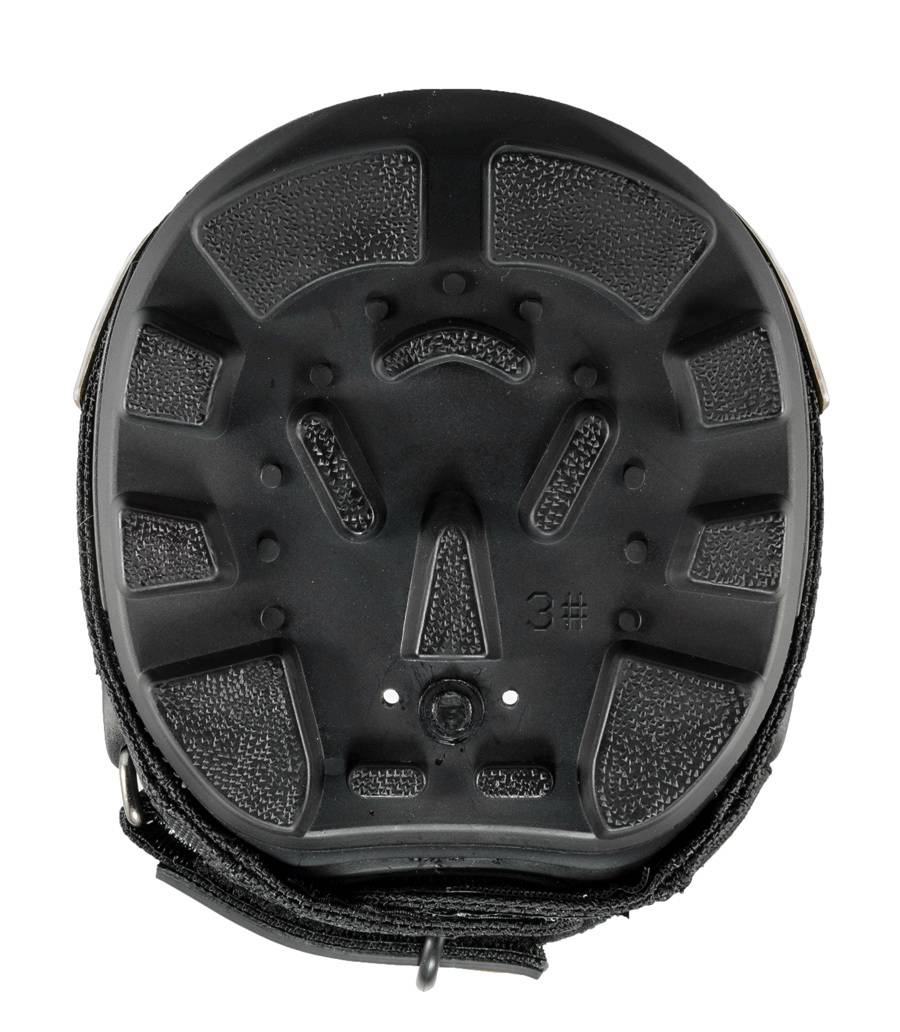
The other major use of horse boots is for veterinary medicine. Boots with soles that are too flexible are unsuitable for studding.Ī horse with hoof boots on its front hooves This must be done with a hoof boot with a sufficiently thick and inflexible sole to avoid bruising of the hoof sole. This allows the horse to be ridden safely on slippery surfaces. In areas with persistently slippery conditions in winter, hoof boots are often used in combination with studs screwed into the soles.

Hoof boots may also be used when transitioning a horse from shod to unshod riding, or carried during a ride in case a horse throws a shoe. They are also used on horses in parades and on police horses who work on hard pavement. Horse boots are used in all riding disciplines and are particularly popular for trail riding and endurance riding. Hoof boots are commonly seen as a substitute to horseshoes, either as a backup for a thrown shoe when a farrier is not available, or as an alternative form of hoof protection for a barefoot horse. There are many different designs, but all have the goal of protecting the hoof wall and sole of the horse's hoof from hard surfaces, rocks and other difficult terrain.

Hoof boots can also be used as a protective device when the animal has a hoof injury that requires protection of the sole of the hoof, or to aid in the application of medication. Underside of a hoof boot with studs screwed into the soleĪ hoof boot is a device made primarily of polyurethane and is designed to cover the hooves of a horse as an alternative to, and occasionally in addition to, horseshoes.


 0 kommentar(er)
0 kommentar(er)
